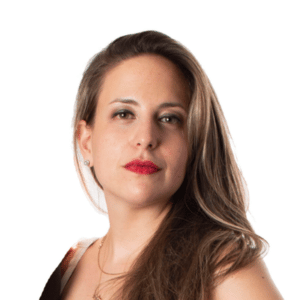“The thing is that with a lot of these people, nobody else had ever photographed them. Nobody had ever wanted to”
Penny Arcade
Penny Arcade, the legendary New York performance artist, was first photographed by the artist Laura Rubin in the 1960s. ...



